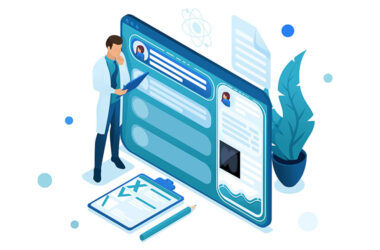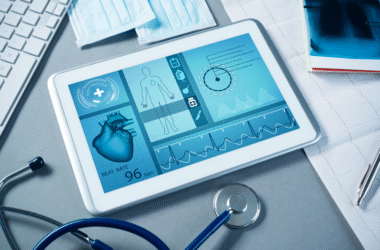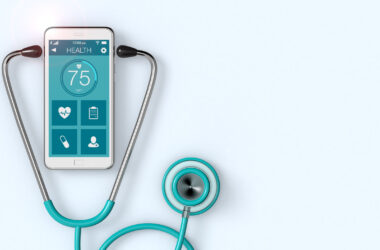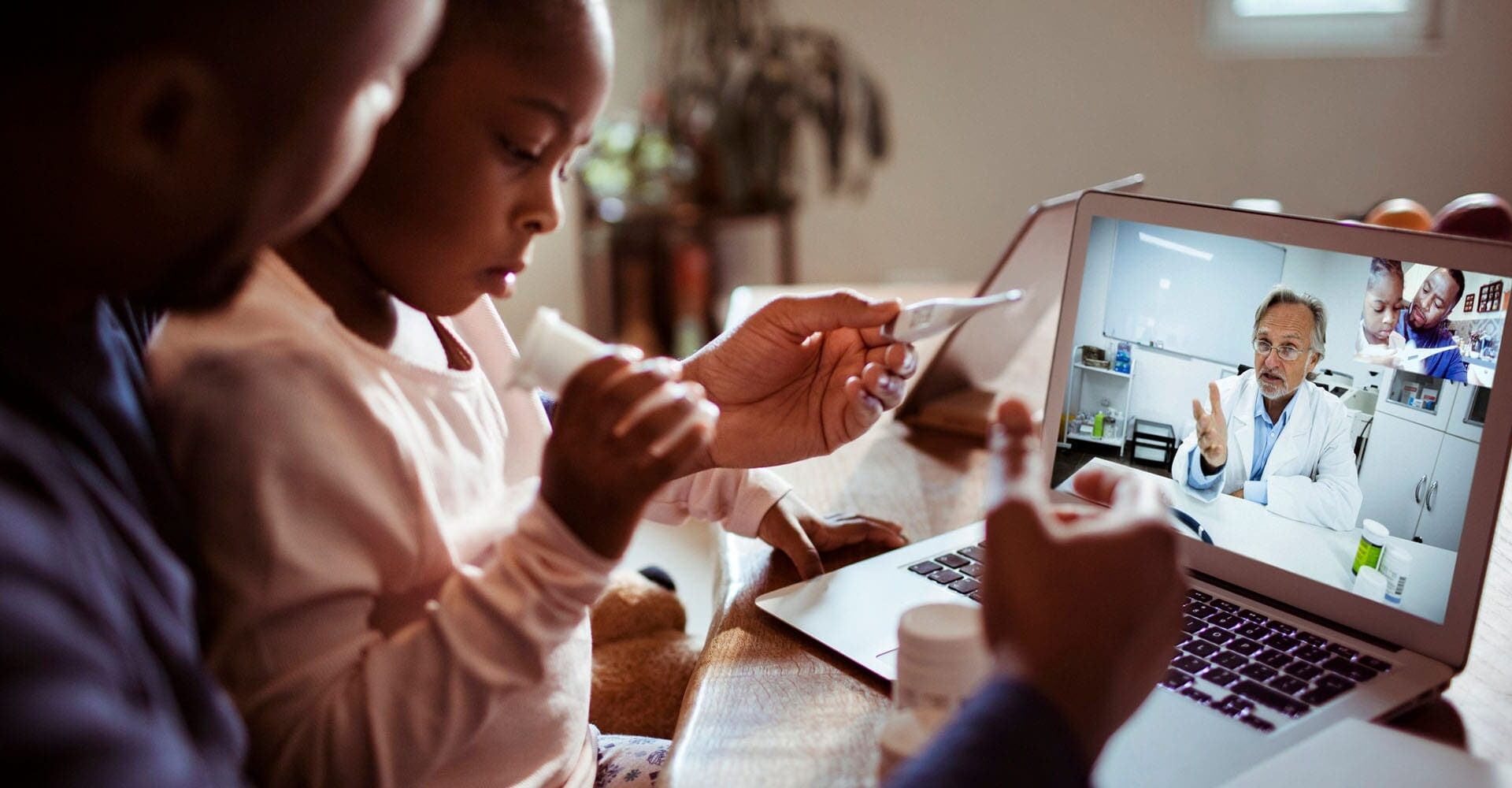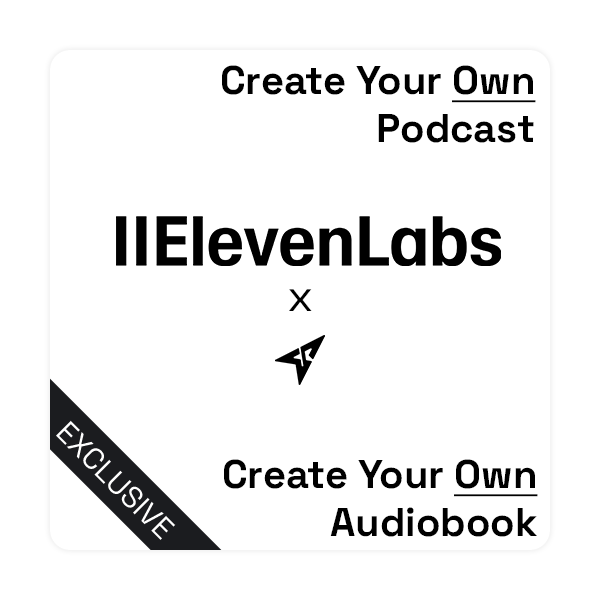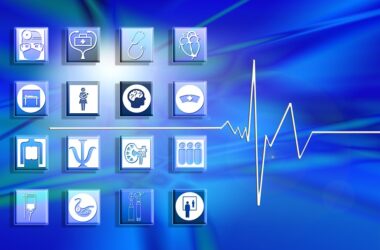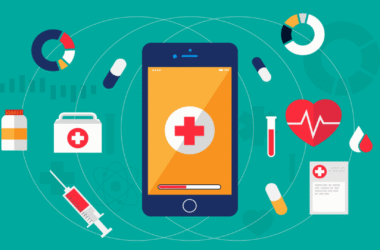In the last few years, health care began to change fast, and technology helped patients get care from home. Doctors now use video visits and devices that track health signs in real time, so patients do not need to go to a clinic as often. This shift brings new ways to keep people healthy at home, and it points to a future where care comes to you instead of you going to care.
Trends Shaping Virtual Care
One big trend shows that almost half of adults in the United States used telehealth by 2020, up from just 11 percent in 2019, and this jump made doctors and patients more open to meeting online. In addition, more than 70 percent of hospitals planned to expand virtual care in 2021 to reach patients in rural areas and offer quick follow ups after surgery. Also, health plans added remote visits as a covered benefit, and that change helped millions get care at home with no extra cost.
Beyond video visits, tools like wearable devices and mobile apps track heart rate and blood sugar around the clock, and those tools send data to care teams so they can spot trouble early. As a result, people avoid trips to the emergency room and hospital stays drop by nearly 25 percent for those using remote monitoring after heart surgery. In short, care moves from a few visits to constant support.
Growth of Remote Monitoring
The remote patient monitoring market grew to over twenty five billion dollars in 2020 and it is set to reach one hundred billion by 2025 at a steady pace each year, so this field will expand fast in the next few years. More than sixty five percent of health systems reported adding at least one device that tracks blood pressure or weight in 2022, and that change let doctors check on patients with long term conditions like high blood pressure without office visits.
In addition, companies now offer simple kits that patients can use at home and that send data through the internet to care teams. This shift cut readmissions for chronic patients by nearly twenty percent in some studies, and it helped families feel more at ease because they knew their loved ones had constant checks. As technology costs fall and internet access grows, more people will use these monitors in rural zones and low income areas.
Benefits for Patients and Providers
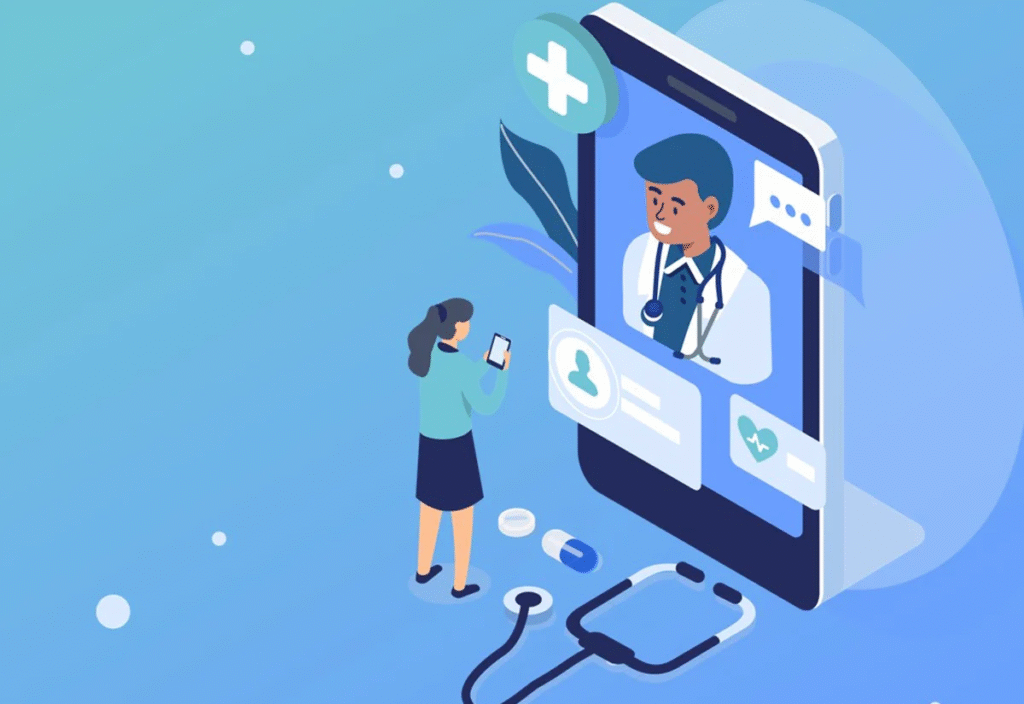
Improved Patient Outcomes
When patients wear a device that tracks breathing and heart rate each day, doctors spot issues early and fix them before they get worse, so people live longer and spend less time sick. For example, patients with diabetes saw a thirty percent drop in high blood sugar episodes when they logged numbers on an app that sent alerts to nurses who called back with advice.
Efficiency Gains
Clinics that use virtual visits and remote checks report that they save around twenty five percent in staff time and office costs, and they can reach more people with the same team size. In addition, patients save an average of two hours per visit by avoiding travel, parking, and waiting rooms, so they stick with care plans more often and miss fewer follow ups.
Challenges to Address
And yet, a few hurdles remain. In some areas internet service is slow or absent, so patients cannot join video calls or send data from monitors. Also, many seniors feel unsure about new devices or software, and they need training and support to use them with ease. In addition, rules about data privacy and device approval vary by state and country, and that mix of rules can slow down wider use.
Another issue comes when health teams get too much data and lack easy ways to review it all, so they may miss key alerts. To fix that, developers now build dashboards that flag only the most urgent changes, and they add simple charts that show trends in a few clicks, so doctors spend less time sorting data and more time talking with patients.
The Road Ahead
In the coming years, more homes will have devices that check vital signs and send summaries to care teams overnight. As artificial intelligence tools improve, systems will predict health risks before they start, and they will suggest small steps people can take to stay well. For example, an app might remind someone to take a walk or to drink more water when it sees a pattern of high blood pressure.
Also, care teams will join forces across clinics and hospitals to share data and best practices in real time, and that shift will help patients with rare conditions get expert advice without long trips. In addition, mobile health units equipped with remote tools can visit neighborhoods that lack clinics, so they bring care to places that need it most.
And as rules adapt, insurance plans will cover more devices and online visits, and that change will let people use home based care with little or no extra cost. At the same time, training for doctors and nurses will include skills to guide patients through virtual visits and to manage remote data.
Final Words
In the end, virtual care and remote patient monitoring will form a health system that works around your life and not the other way around, and that change will help millions get the right care at the right time without leaving home.

